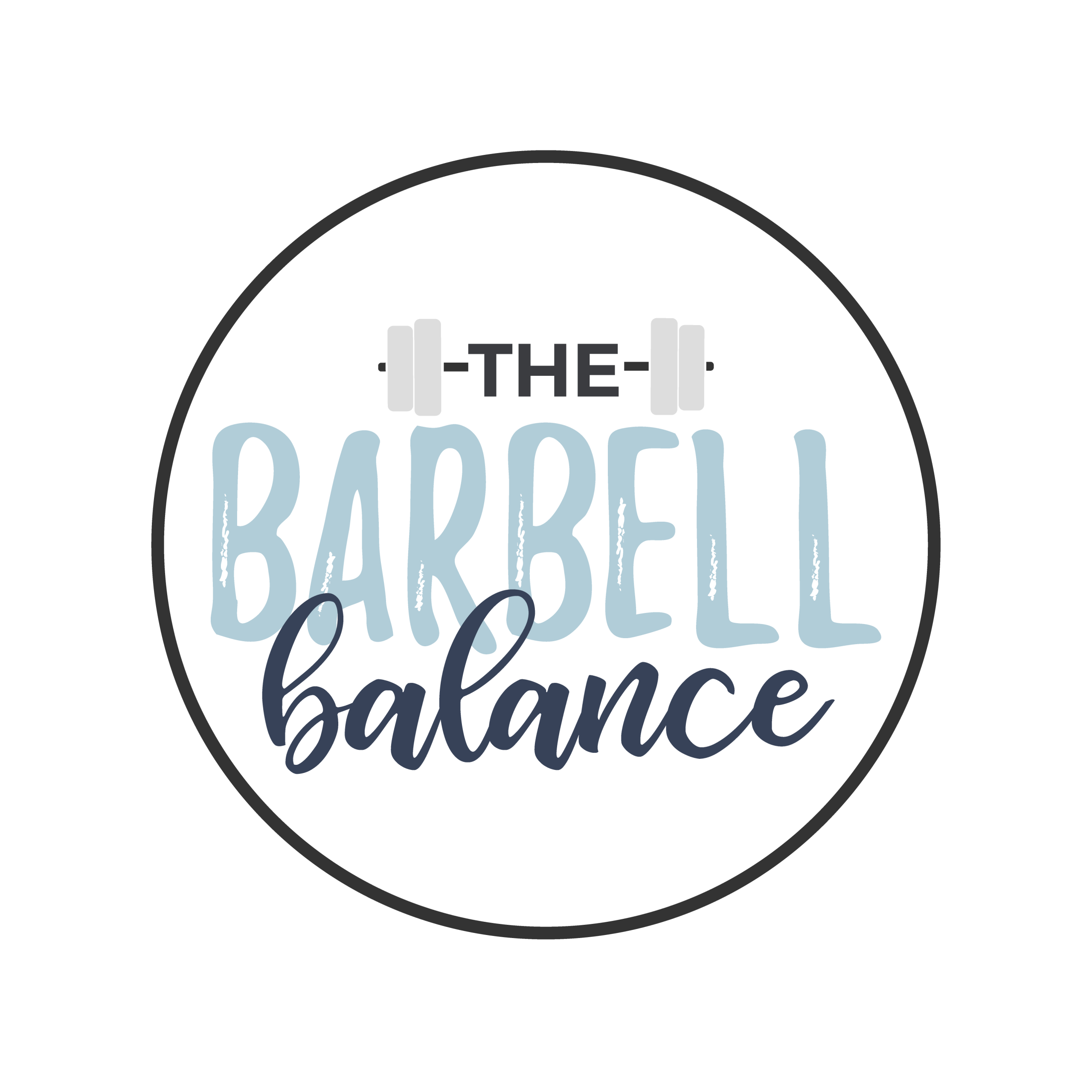Life Is A Pain In The Shoulder: 4 Strategies To Ease Shoulder Pain
I’ve just completed my first CrossFit Open and
You know who’s upper body takes a beating like a CrossFit Athlete who just finished an Open workout? Moms.
At the end of the day, I’m as inflated as John Cena after wrestle mania.
We’ve come to believe aches and pains are a normal part of pregnancy and postpartum. After all, growing humans and caring for them after we birth them isn’t supposed to be comfortable. Just ask any mom blog.
Pregnancy and motherhood is a physical load as well as emotional.
Where do we draw the line between normal pregnancy and motherhood aches and pains, and “hmmm, maybe I should get this looked at”?
And where do we stop being the
In this blog, I’m going to travel off my usual beaten path, talking about lifting and pelvic health and talk about something just as impactful.
Shoulder health. Yes. Shoulder health.
Over the last month especially, I’ve seen a surge in pain in the opposite part of the body than usual. So this got me thinking, how common is shoulder pain in pregnant women and mothers.
So I turned to social media and asked this question. Where else?
A little video, demonstrating two shoulder exercises has been my most popular yet. Me, bad hair post Thrusters, (another shoulder rich exercise they seem to love at CrossFit), and my shirt off has gotten way more attention than most anything else my 4 users “like”.
Imagine if I was in booty shorts with full hair and makeup. That thing would be viral. Not with my demographic of mothers of course.
If you’re a pregnant or postpartum athlete who loves to lift, listen up. Shoulders can be problematic when it comes to lifting and I’m going to share some strategies and give you some insight on how you can help those tiny muscles sitting at the top of your arm.

If it hurts, stop. Oh, wait. I have to lift my kids to get them in the car.
This is an obvious first step, but I can’t tell you how often I see women push through the pain. But your life also requires a lot of upper body work. So where do you find a balance between managing your shoulder pain and the rest of your life?
Seeing you can avoid lifting and carrying on a daily basis, you can learn to identify whether or not you’re overdoing it. This is a skill which takes time to learn. And as mothers, we often ignore the early signs and suffer for it later.
Sometimes, pain is feedback something isn’t quite right with the strategy itself. Whether it’s a bench press, thrusters, or lifting your kiddos in a car seat and they resist with every muscle in their being, take note of where you’re feeling discomfort, tension, or pain. You may something in more than one spot.
Spread the load. Are your shoulders the only muscles working in the movement? Try activating multiple muscle groups if not all (yes, your lower body and core too). Having the weight distributed through your body as opposed to one spot takes all the work out of your shoulders and spreads it throughout.
Breastfeeding/Chest feeding/Bottle Feeding
Believe it or not, feeding your baby may play a role in your shoulder health.
When seated in a feeding position, it’s common to sit with your pelvis rolled under and shoulders rolling forward. This places a lot of tension on the upper back, neck, and shoulders.
Here’s check yourself as you’re feeding your baby.
Are your ribs stacked over your hips? If you have trouble with this as you’re feeding your baby, place a pillow to your back lean and try sitting as upright as possible. Putting your feet up onto a stool will also help.
Also as you’re feeding (breast or bottle), propping your baby up on a firm pillow will add a bit of extra support to your upper back, neck, and shoulders.
And why not relax for a few minutes, eh?
When in a fixed position like in feeding your baby or toddler, it doesn’t allow much in the way of thoracic and scapular mobility. This means your upper back and neck, and shoulder blades aren’t able to move well.
If you have pain in your neck and feeling it in your shoulders, T-Spine rotations will feel amazing. Do these after your feeding sessions to allow your upper body to move freely, taking care of the tension.
With alignment in mind, ignore your mom when she tells you to pull your shoulders back and stay there. Your shoulder blades need to move.
And Here It Is, Your Pelvic Floor
You’ve probably heard your pelvic floor function is keeping you leak free, supporting pelvic organs, and assisting in sexual health. But it does more than that.
Your body is essentially a single unit with individual components, ensuring it all runs in unison. Everything is connected and works together.
Your shoulder is connected to your pelvis. Not directly of course. You have your rib cage which is connected to your spine which connects to the pelvis.
See where I’m going?
Previously, I talked about feeding and why that may be a contributing factor. It is common during pregnancy and beyond for women to run through life with postural issues.
As your pregnancy progresses and your belly grows, your pelvis tends to tuck under because of where the
For most women, this isn’t addressed after pregnancy. Typically, we don’t even know this very subtle change in our alignment has taken place because the human body is very good at doing what it needs to keep you moving.
In order to address your posture, you need a strong core. I don’t mean 6 pack abs. I mean strong. And a strong core needs a strong pelvic Your pelvic floor is psychic. It knows what movement you’re going to make and fires up before that movement is even made. In 2007, a study done by Paul Hodges and it was found the shoulder muscle integrated with the pelvic floor when a participant lifted their arm. One thing they note was the pelvic floor activated with the arm even before it raised in all directions.
Cool beans, huh?
My suggestion on this one is, to begin with, an assessment with a pelvic floor physiotherapist. The can examine you internally to give you an accurate idea of how your strong your pelvic floor is as well as address your core and posture.
Your Exercise Program. Are You Overdoing It In The Gym?
Poor pregnancy and postpartum fitness program may be the culprit. I can’t tell you how many boot camps I’ve seen over the years ordering new moms to do hill sprints while pushing a stroller, planking, and waiving 5-pound dumbbells aimlessly in the air.
When your posture shifts (again, common) during pregnancy as your baby grows, your body will make compensations. Not to mention your belly expands and stretches which results in a reduction in core strength and stability.
And your lats become tight as they’re working in overdrive.
Combine this with high-intensity training before your body has been properly trained, postural issues and a weak core and pelvic floor, your body is going to react.
Does this mean you need to cut out all shoulder training over overhead movements? No.
Tony Gentilcore wrote in a blog post of his, suggesting more shoulder friendly presses like:
Generally speaking, I haven’t had my clients take off their shirts to look at their scapular positioning. This will now be a part of my initial assessment, seeing early intervention will seek long term, pain-free shoulder health.
Inhale Through Your Nose. Exhale Through Your Mouth.
The first year with a baby is hard. There are a lot of changes punching you in the throat all at the same time, making breathing nearly impossible.
However, in any pregnancy and postpartum fitness training, breathing is where everyone needs to start. Unfortunately, this is rarely a training priority.
In order to retrain your core and
The core is more than the 6 pack I wish I had. It’s a staple in all fitness and athletic training. If your core isn’t able to function well as a unit, you may find yourself achy in places other than your lower back and hips. Additionally, a proper breathing pattern is going to address your posture.
Your core is a complete system made of the:
- Diaphragm
- Pelvic floor
- Multifidus
- Transversus Abdominis.
Our bodies recognize motherhood and exercise as stress. Holding your breath in times of stress may throw you into fight or flight and we tend to tense up.
Breathing is kind of important when it comes to keeping you alive. It’s just as important to use your breath in mom mode and exercise mode, allowing movement in your upper body. And when your upper body moves well, your shoulder blades move as well.
Additionally, if you want your core and pelvic floor to function well, breathing will get the ball moving. And remember, if there are limitations in your pelvic floor, they may also show up in your shoulders.
Shoulder pain can be frustrating, especially if you’ve been proactive in seeking treatment. Shoulder pain and your pelvic floor tend to be treated as two separate entities, as opposed to looking at the human body as a whole.
Strength And Lady Parts, my 12-week online fitness program for women who’ve recently given birth within the last year addresses common aches and pains like the one you feel in your shoulder. We do this by building full body and core strength to balance out the work in your upper body. If you are ready to get back into high-intensity training after having a baby, tap here to learn more
This is just the tip of the iceberg as I dig deeper into shoulder health. So I hope this is a good start and gives you some extra tools to ask questions. And if you’re not satisfied with the answers given, keep asking.
And as I uncover more, I will be sure to share my findings with you.
If you have questions about this post or I’ve missed something you feel is important, please let me know by leaving a comment.
Ciao friend,
Terrell
Ready to maximize your fitness goals? Get my favourite training strategies in my free Your Handy Lady Parts Handbook: 5 Considerations All Women Need For Fitness And Their Vagina. You will learn to minimize, manage and prevent pelvic floor dysfunctions like un- intentionally peeing during workouts, and improve power in both pregnancy and postpartum.

